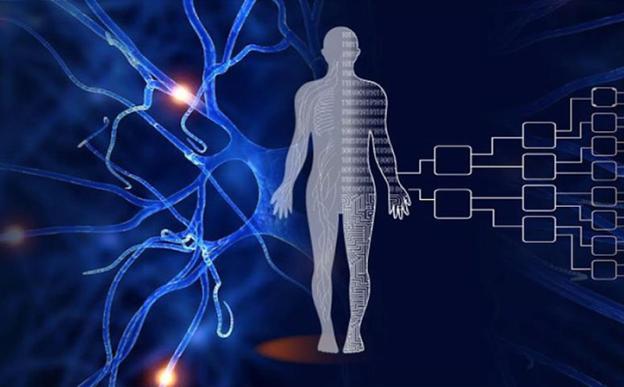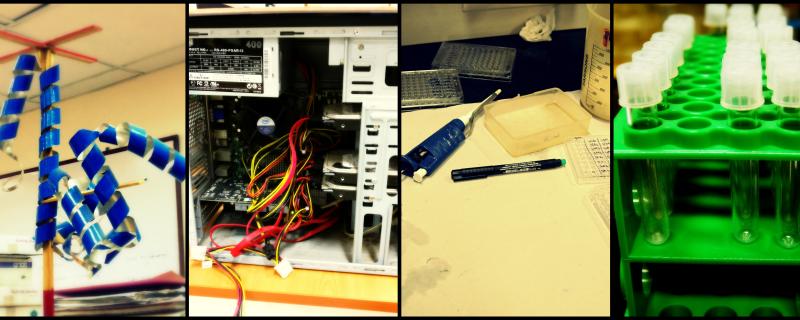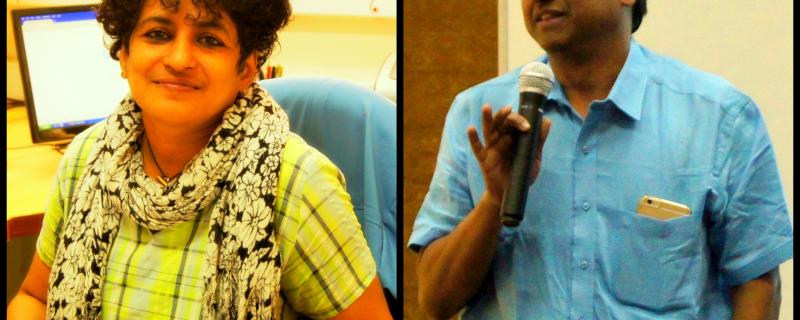Tropospheric ozone is one of the most critical secondary air pollutant that is toxic to plants and causes substantial losses in crop productivity. The continuous rising trend of ozone concentration in India due to the country’s rapid phase of industrialization, pollution and climatic conditions that are conducive for its formation pose a serious threat. Professor S. B. Agrawal and Dr. Aditya Abha Singh present the pattern and prevalence of ground level ozone concentration, its important precursor like oxides of nitrogen and the related crop losses and the magnitude of alterations in the seed quality, which may help the policy makers to check emissions of ozone precursors.
Archives
1931 - A time when most women were aspiring to become a successful wife, mother or daughter, Dr. E.K. Janaki Ammal was already setting an example by being an early Indian woman doctorate in basic sciences from the University of Michigan. A competent botanist and geneticist, her seminal work on sugarcane varieties and genetics of flowering plants are recognised to this day. She was a fierce environmental activist and taught Botany at the Women’s Christian College, Chennai. In recognition of her contributions to the field of botany, she was elected as a Fellow of the Indian National Science Academy in 1957, was awarded the Padmashri in 1977, and was herself a founding Fellow of the Indian Academy of Sciences in 1935.She also served as the Director General of the Botanical Survey of India, and even has a flower named after her -- Magnolia Kobus Janaki Ammal! She was indeed a symbol of inspiration to many girls and women of her age.
The ‘Internet of Things’ (IoT) is the new buzzword in technological corridors with most technology companies announcing a ‘smart’ device of sorts that runs on IoT. In simple terms, IoT is a giant network of connected ‘things’; a network of devices linked to Internet through wired or wireless connections. ‘Things’ could be anything from everyday devices like cell phones, washing machines and wearable devices, to pacemakers, biochips on farm animals, automobiles and industrial machines. It is estimated that, by 2050, a whopping 50 billion such ‘connected’ devices would emerge, dawning a new era of the Internet - one of the most powerful inventions in human history.
“Where are house sparrows these days? They have just become extinct!”, is a common rhetoric we hear these days in the cities. Yet, it is impossible to scientifically assert that they are dwindling in numbers, since there has not been any systematic observation or data gathered about them.
The case of the ‘vanishing’ sparrows in cities like Bengaluru throws light on an important issue associated with biodiversity – the lack of data. Old-timers across the city are able to recall a time when sparrows were ubiquitous and also observe them diminish by the day. To add to this, there has been significant drop in the tree cover and the number of insects and birds in our neighbourhood. But, to objectively answer any questions like the change in the numbers of any species, the total number of species present and the effects of a vanishing species on an ecosystem, rigorous observations, documentation and research is a necessity. In the lack of these, it is simply impossible to infer or conclude that there has been a change, let alone the decline or disappearance of certain species. This drives us to reconsider the strategies of understanding biodiversity.
A recent report by the World Health Organization estimates that about two million deaths occur every year due to tuberculosis (TB). An alarming dimension to this problem is the fact that some strains of Mycobacterium tuberculosis (Mtb), the causative agent of TB, have developed resistance to some antibiotics used to kill them, leading to the emergence of ‘drug resistant TB’ and causing a global threat. Drug resistance is a way by which bacteria respond to the drug stress they face. Due to improper and irregular use of antibiotics by patients, not all bacteria may be killed, leading to the emergence of drug resistant strains that survive even when further doses of the drug are administered. Now, a team of researchers at the Indian Institute of Science, Bangalore, led by Prof. Nagasuma Chandra and Prof. Amit Singh, have explored the mechanism behind the development of resistance to a front-line anti-tubercular drug called isoniazid, used widely in the clinic.
Many lifesaving medical devices such as urinary catheters, pacemakers, intrauterine devices and voice prosthesis, which are usually inserted into some part of the body, are plagued by a common problem – ‘bacterial biofilms’. These ‘biofilms’ grow on the surfaces of these devices and may cause infections. They are harder to treat than individual bacteria and need about 1000 – 10000 times stronger dose of antibiotics. But this may no longer be the case, as a group of scientists led by Prof. Dipshikha Chakravortty and Prof. Jagadeesh Gopalan from the Indian Institute of Science, Bangalore, have found a novel method to fight biofilm infections.
If you just relished a cup of yogurt or a platter of cheese, its time to thank the cook – bacteria! Yes, these microorganisms cook up the magic by converting the lactose in milk into lactic acid, thus giving a relishing taste. However, bacteria are often associated with diseases and despair they bring about – think of tuberculosis or ulcers – and are despised.
Indian astronomers have detected microstructure emissions from a millisecond pulsar for the first time. Millisecond pulsars (MSP) are highly magnetized, rapidly rotating neutron stars that take as little as one-thousandth to one-hundredth of a second to rotate about its axis once. In a recently published study, scientists from the Department of Physics at the Indian Institute of Science (IISc) and the National Centre for Radio Astrophysics (NCRA), Tata Institute for Fundamental Research (TIFR), have discovered these microstructure emissions using the Giant Metrewave Radio Telescope (GMRT), an array of thirty antennae scanning the sky for radio sources. They are now uncovering the processes that produce these microstructure emissions. While similar emissions had been discovered from more slowly rotating pulsars, this is the first time they have been discovered coming from millisecond pulsars.
In a multidisciplinary approach to conservation, ecologists, economists, geographers, activists and individuals from various other fields have come together to value the ecological and economic services of the Aghanashini estuary.
The Aghanashini River in Kumta taluk of Uttara Kannada district is one of the last undammed and pristine rivers on the west coast of Karnataka. The region surrounding the estuary boasts of various ecosystems including river, estuary, ocean, hills and dense mangroves that support rich biodiversity. The river also provides for close to 15,000 households who depend on it for food, water and other ecological services. Fisheries and bivalve collecting are still a major source of income for many households living here. The region also attracts many tourists from around the world who flock to the pleasant beaches in Gokarna, a nearby town.
Growth impairment, vision problems and chronic kidney ailment are hallmarks of cystinosis, a rare genetic disease that affects children, who, in most cases, do not survive into their adulthood. The disease affects one in about 250000 children worldwide and many of them go undiagnosed in the initial stages, only to be detected at a later stage when complications develop in the kidneys. Now, a new study by researchers and doctors at the Indian Institute of Science and Education Research (IISER), Mohali, and the Madras Institute of Orthopaedics and Traumatology (MIOT), Chennai, may have clues to detecting this disease early on in Indian patients, thus opening up possibilities of early diagnosis and treatment.




